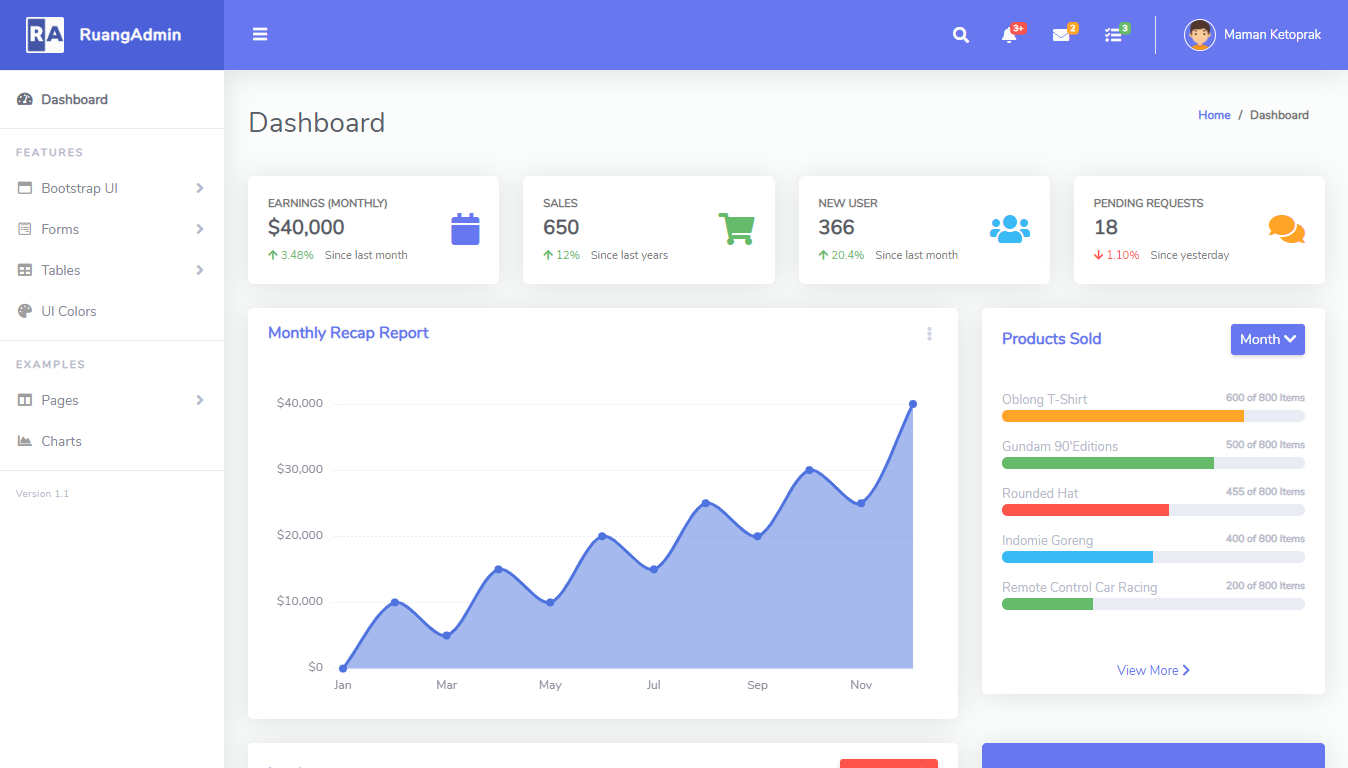How to disable the Windows key in C#
By Tan Lee Published on Jan 09, 2025 1.36K
To disable the Windows key in C#, you can use a global keyboard hook to intercept key presses and block the Windows key.
Disabling the Windows Key in a C# Windows Forms Application
- Use
SetWindowsHookExto capture all keyboard input globally. - The Windows key corresponds to the virtual key codes
0x5B(Left Windows key) and0x5C(Right Windows key). - In the callback function for the hook, intercept and block the key press when the Windows key is detected.
Here’s how to implement disable windows key in C#.
public static class WindowsKey
{
// Constants for hook type and key codes
private const int WH_KEYBOARD_LL = 13;
private const int VK_LWIN = 0x5B; // Left Windows key
private const int VK_RWIN = 0x5C; // Right Windows key
// Define the hook delegate
private delegate IntPtr LowLevelKeyboardProc(int nCode, IntPtr wParam, IntPtr lParam);
// P/Invoke declarations
[DllImport("user32.dll", CharSet = CharSet.Auto)]
private static extern IntPtr SetWindowsHookEx(int idHook, LowLevelKeyboardProc lpfn, IntPtr hInstance, uint threadId);
[DllImport("user32.dll")]
private static extern bool UnhookWindowsHookEx(IntPtr hInstance);
[DllImport("user32.dll", CharSet = CharSet.Auto)]
private static extern IntPtr CallNextHookEx(IntPtr hInstance, int nCode, IntPtr wParam, IntPtr lParam);
[DllImport("kernel32.dll")]
private static extern IntPtr GetModuleHandle(string lpModuleName);
// Static fields for hook processing
private static readonly LowLevelKeyboardProc HookProc = HookCallback;
private static IntPtr hookId = IntPtr.Zero;
// Hook callback function to intercept key events
private static IntPtr HookCallback(int nCode, IntPtr wParam, IntPtr lParam)
{
// Process key event if nCode is non-negative (indicating key event should be processed)
if (nCode >= 0)
{
int vkCode = Marshal.ReadInt32(lParam); // Get the virtual key code of the pressed key
// Check if the pressed key is either the left or right Windows key
if (vkCode == VK_LWIN || vkCode == VK_RWIN)
{
return (IntPtr)1; // Block the key press
}
}
return CallNextHookEx(hookId, nCode, wParam, lParam); // Allow other keys to be processed
}
// Method to set the keyboard hook
public static void SetHook()
{
if (hookId == IntPtr.Zero) // Only set the hook if it hasn't been set already
{
var currentProcess = System.Diagnostics.Process.GetCurrentProcess();
var currentModule = currentProcess.MainModule;
hookId = SetWindowsHookEx(WH_KEYBOARD_LL, HookProc, GetModuleHandle(currentModule.ModuleName), 0);
// Error handling (if hook setup fails)
if (hookId == IntPtr.Zero)
{
throw new InvalidOperationException("Failed to set the keyboard hook.");
}
}
}
// Method to remove the keyboard hook
public static void RemoveHook()
{
if (hookId != IntPtr.Zero)
{
UnhookWindowsHookEx(hookId);
hookId = IntPtr.Zero;
}
}
}In this example:
SetWindowsHookEx: This function sets up the global keyboard hook. The hook intercepts all key presses at a system-wide level.HookCallback: The callback function processes each key press. It checks if the key code matches the virtual codes for the Windows key (0x5Bfor the left Windows key and0x5Cfor the right Windows key). If the Windows key is detected, it blocks the key press by returning(IntPtr)1.CallNextHookEx: This allows other keyboard events to be passed through the hook if they are not related to the Windows key.RemoveHook: This method removes the hook and cleans up when it's no longer needed.
Usage:
- To enable blocking of the Windows key, call
WindowsKey.SetHook()at the start of your application (e.g., inForm_LoadorMain). - To disable the hook and restore normal functionality, call
WindowsKey.RemoveHook()when the application closes or when you no longer want to block the Windows key.
For example:
// To block the Windows key: WindowsKey.SetHook(); // To unblock the Windows key (when the app closes or the hook is no longer needed): WindowsKey.RemoveHook();
Using low-level hooks requires that your application has appropriate permissions, and it may require administrator privileges on certain systems.
If you're working within a Windows Forms application, the hook will run globally and block the Windows key even when the form is in the background.
Categories
Popular Posts
Implement security headers for an ASP.NET Core
Jun 24, 2025
Structured Data using FoxLearn.JsonLd
Jun 20, 2025
RuangAdmin Template
Nov 13, 2024
Material Lite Admin Template
Nov 14, 2024





